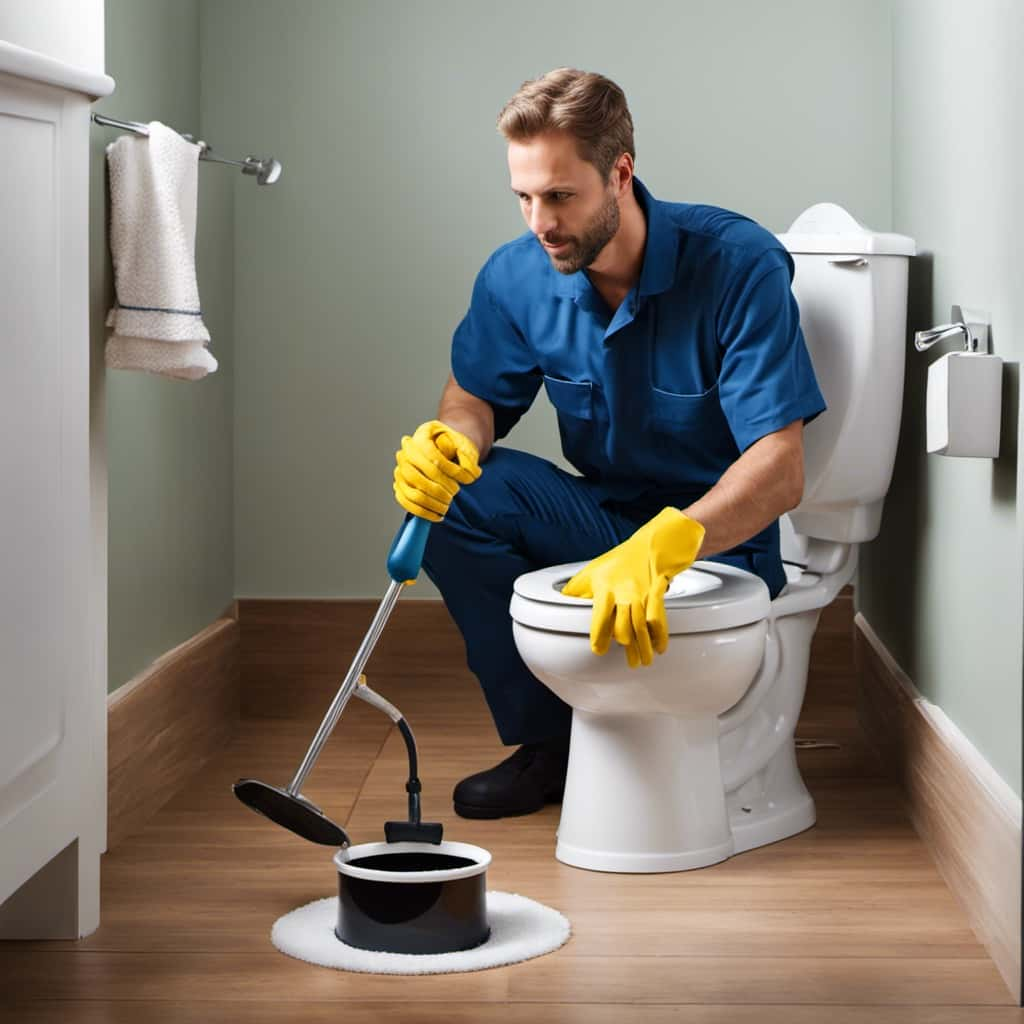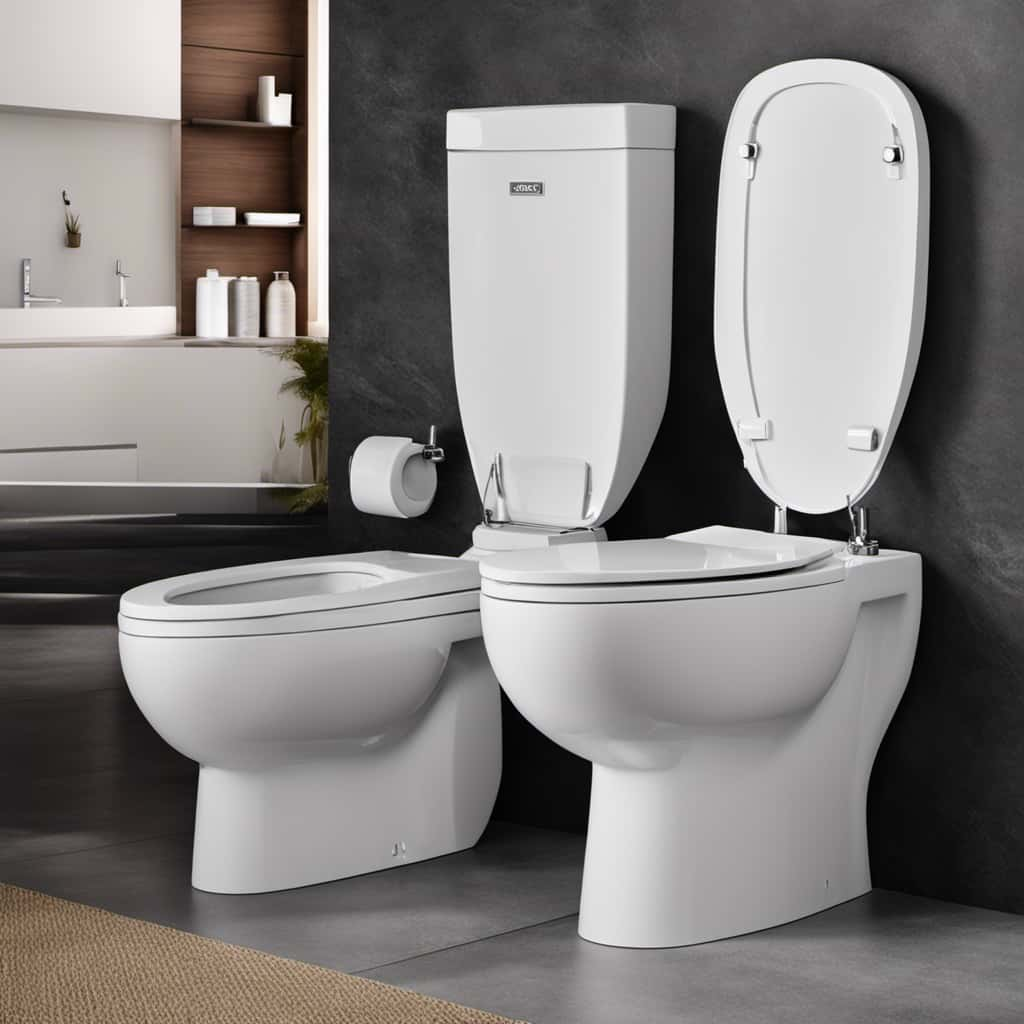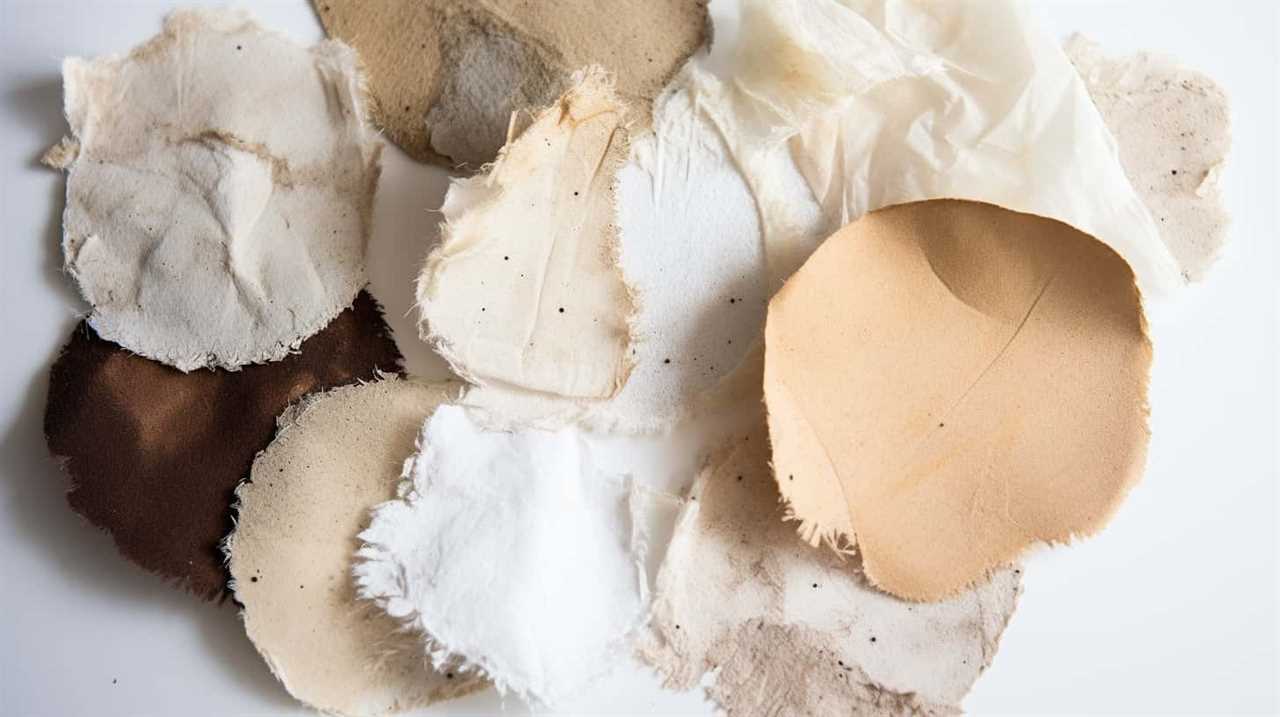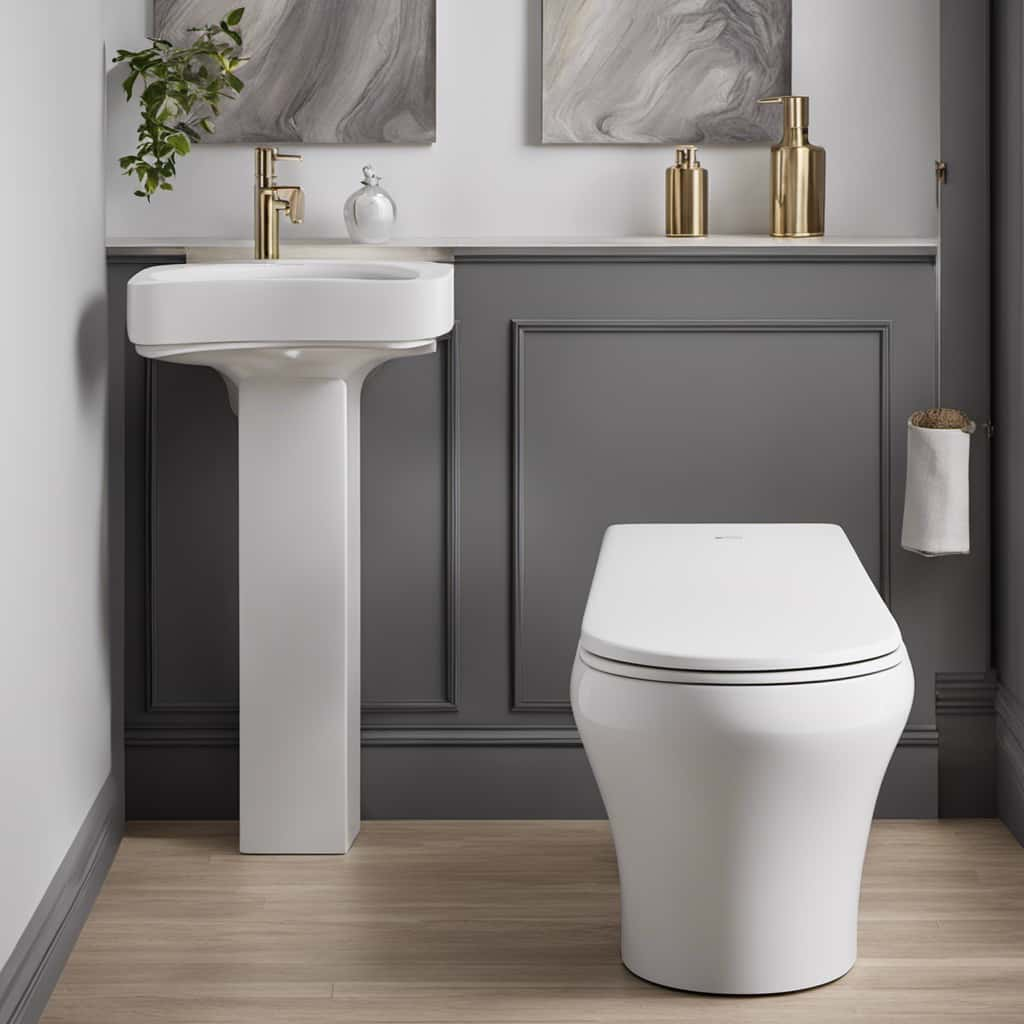Ever wondered about the consequences of flushing random objects down the toilet? Well, let us enlighten you.
When we indulge in this seemingly harmless act, we risk facing a myriad of issues. Our plumbing systems might suffer clogging and blockages, causing frustration and inconvenience. Moreover, non-biodegradable items can harm the environment, while health hazards and contamination risks lurk in the shadows.
Let’s not forget the strain it puts on municipal sewer systems. Prepare for a lesson in toilet etiquette and the mastery of responsible flushing.
Key Takeaways
- Flushing non-flushable items can lead to clogging and blockages, causing toilet overflow and sewage backup.
- Flushing non-biodegradable items can cause significant damage to the plumbing system, resulting in leaks, bursts, or complete failure.
- Flushing non-biodegradable items has a detrimental impact on the environment, with marine life being at risk of choking, entanglement, and digestive system blockages.
- Flushing non-biodegradable items can lead to health hazards and contamination risks, polluting water sources and posing risks to human and aquatic life.
Potential Clogging and Blockages
When it comes to flushing non-flushable items down the toilet, we often find ourselves facing potential clogging and blockages. This can lead to disastrous consequences such as toilet overflow and sewage backup. Flushing items like wipes, paper towels, or feminine hygiene products can cause these issues. These non-biodegradable materials don’t break down like toilet paper, leading to blockages in the plumbing system.

The toilet may overflow, causing water damage and unsanitary conditions in your bathroom. Additionally, the sewage backup can result in foul odors and contamination, posing health risks to you and your family. It’s crucial to understand that the toilet is designed to handle human waste and toilet paper only.
Flushing anything else can cause severe damage to the plumbing system, which we’ll discuss in the next section.
Damage to the Plumbing System
To continue our discussion on the potential consequences of flushing non-flushable items down the toilet, let’s now delve into the damage that can be caused to the plumbing system.
Flushing items like wipes, paper towels, or other non-biodegradable materials can lead to significant problems. These items can get stuck in the pipes, causing blockages and restricting the flow of water. Over time, this can lead to increased pressure and strain on the plumbing system, potentially causing leaks, bursts, or even complete failure.
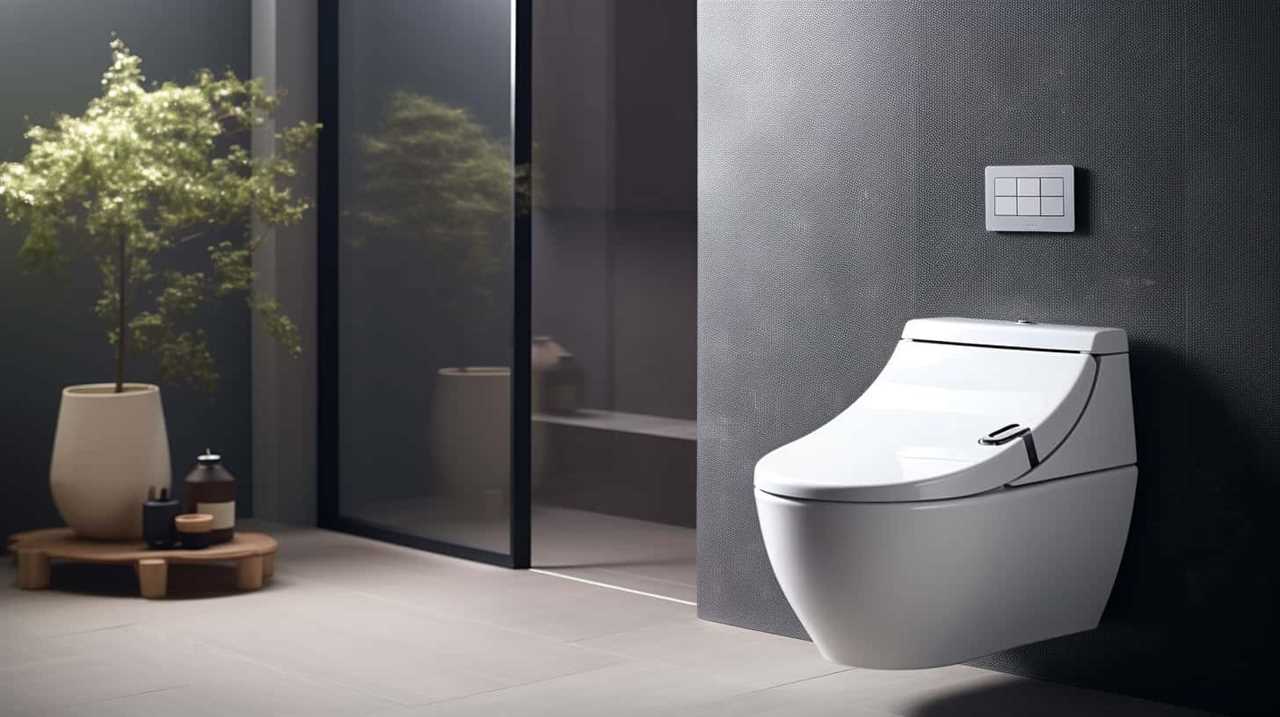
Repairing such damage can be costly, requiring professional assistance and replacement of damaged pipes or fixtures. Additionally, the excessive water wastage resulting from these blockages can contribute to increased water bills and strain on the local water supply.
It’s crucial to only flush toilet paper and waste to avoid these issues and maintain a properly functioning plumbing system.
Environmental Impact of Flushing Non-Biodegradable Items
Flushing non-biodegradable items down the toilet has a detrimental environmental impact. When these items are flushed, they can end up in our oceans and waterways, leading to serious consequences for marine life. The table below illustrates the potential impact of flushing non-biodegradable items on marine life.
| Non-biodegradable items | Impact on Marine Life |
|---|---|
| Plastic bags | Marine animals can mistake them for food, leading to choking or intestinal blockages. |
| Wet wipes | They do not break down easily and can entangle marine animals or clog their digestive systems. |
| Tampons | These can release harmful chemicals and bacteria into the water, affecting the health of marine organisms. |
| Condoms | They can pose a risk of entanglement and suffocation for marine life. |
| Medications | Chemicals from medications can contaminate the water and disrupt the delicate balance of marine ecosystems. |
Flushing non-biodegradable items not only harms marine life but also has legal implications. Many countries have strict regulations regarding the disposal of waste, and improper disposal can result in fines or legal consequences. Therefore, it is crucial to properly dispose of non-biodegradable items in designated waste bins or recycling centers to protect our environment and avoid legal issues.
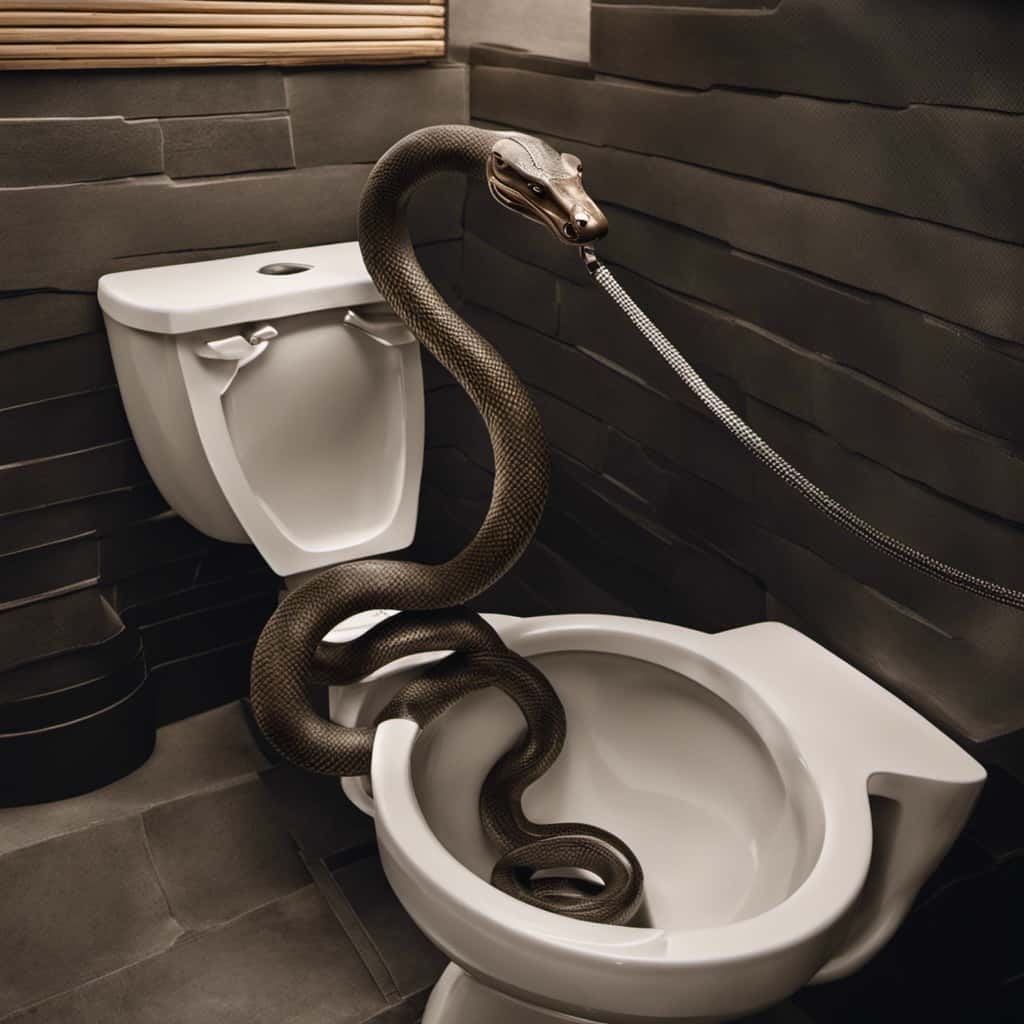
The environmental impact of flushing non-biodegradable items is just one aspect of the larger problem. It is also essential to consider the health hazards and contamination risks associated with this practice.
Health Hazards and Contamination Risks
Now let’s delve into the potential health hazards and contamination risks associated with flushing non-biodegradable items down the toilet.
Maintaining proper toilet hygiene is crucial for safeguarding our health. Flushing non-biodegradable items such as wipes, cotton swabs, or feminine products can lead to serious health consequences. These items can clog sewer pipes, leading to blockages that can cause toilets to overflow, creating an unsanitary environment.
Additionally, when non-biodegradable items enter the wastewater system, they can contribute to water pollution. Harmful chemicals and pollutants from these items can contaminate our water sources, posing a risk to both human and aquatic life.
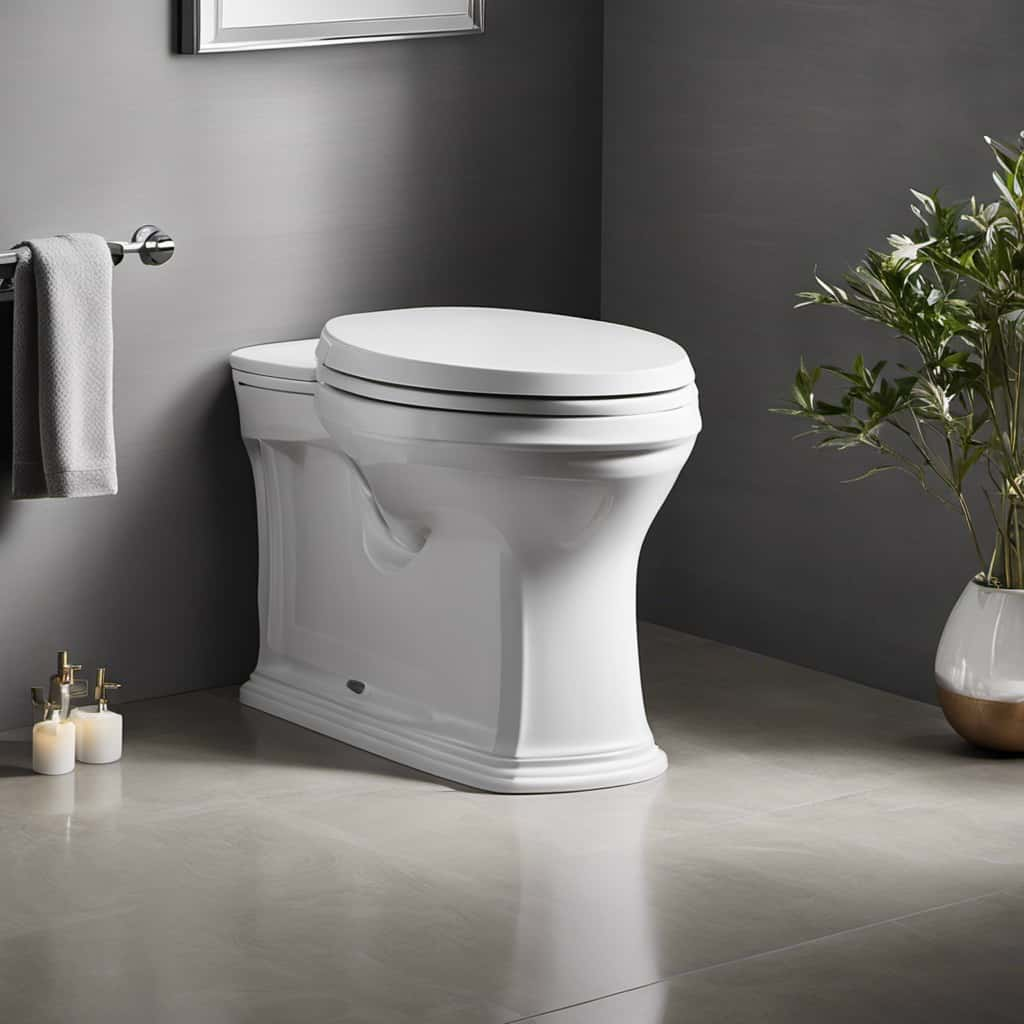
It’s essential to understand the potential risks associated with improper disposal methods to protect our health and the environment.
Transitioning into the next section, let’s now explore the consequences for municipal sewer systems.
Consequences for Municipal Sewer Systems
As we explore the consequences for municipal sewer systems, it’s important to understand the impact that flushing non-biodegradable items can have on the overall functionality and maintenance of these vital infrastructure networks.
The presence of non-biodegradable materials in the sewer system can lead to blockages, which can disrupt the flow of wastewater and cause backups in homes and businesses. These blockages often result in costly repairs and maintenance for the municipal sewer systems.

Additionally, the improper disposal of non-biodegradable items can increase the workload and costs associated with wastewater treatment plants.
Public awareness plays a crucial role in mitigating these cost implications. Educating the public about the importance of proper disposal and the potential consequences of flushing non-biodegradable items can help reduce the burden on municipal sewer systems and promote the longevity and efficiency of these essential infrastructures.
Frequently Asked Questions
Are There Any Safe Items That Can Be Flushed Down the Toilet Without Causing Clogging or Blockages?
Safe alternatives and eco-friendly options exist for flushing items down the toilet without causing clogging or blockages. However, it is important to note that even these items should be used sparingly to maintain proper plumbing function.
What Are Some Common Signs That Indicate Damage to the Plumbing System Due to Flushing Non-Flushable Items?
Common signs of plumbing damage due to non-flushable items include clogs and slow draining. These issues can indicate that the items have caused blockages or damage to the pipes, requiring professional intervention to resolve.
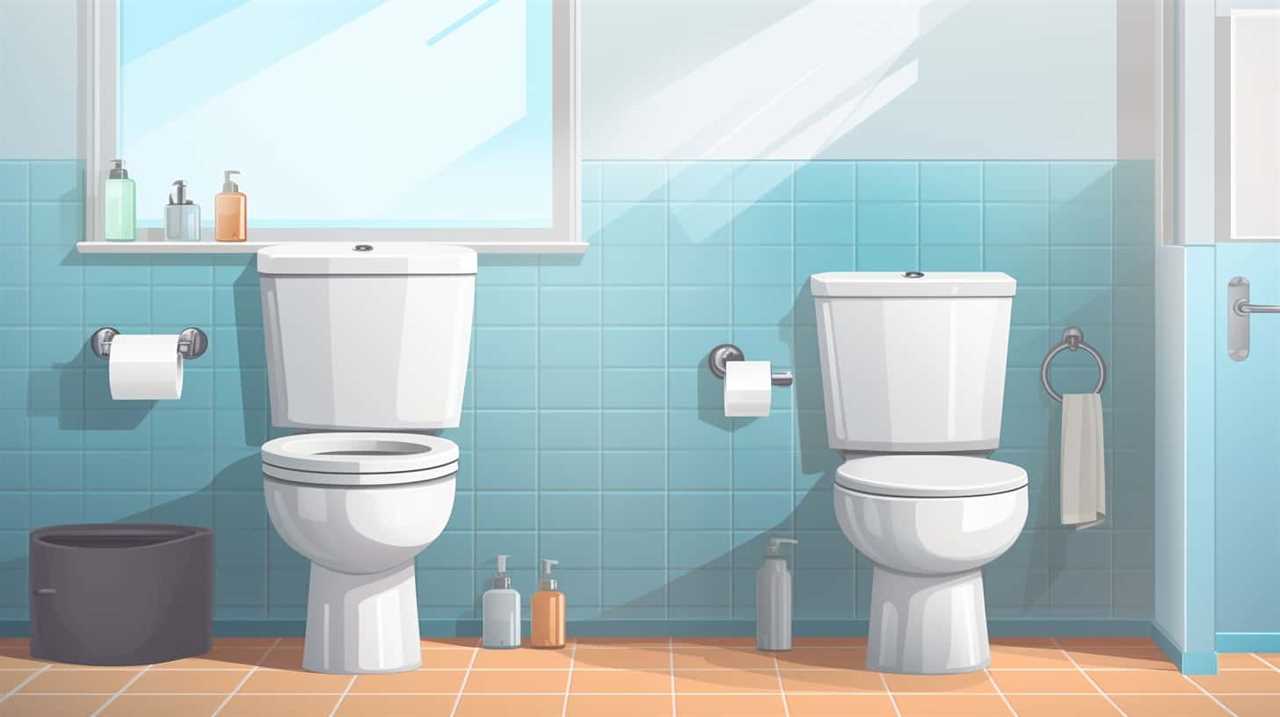
Can Flushing Non-Biodegradable Items Have an Impact on the Quality of Our Drinking Water?
Flushing non-biodegradable items can have a significant impact on the quality of our drinking water. It can lead to contamination and long-term consequences for the environment. It’s crucial to understand the potential harm and avoid flushing such items.
What Are the Potential Health Hazards Associated With Flushing Hazardous Substances Down the Toilet?
Flushing hazardous substances down the toilet can pose potential health hazards. It is crucial to understand the potential environmental consequences and to educate ourselves about proper disposal methods to minimize risks to our health and the environment.
How Do Municipal Sewer Systems Handle the Disposal of Flushed Non-Biodegradable Items?
Municipal sewer systems are regulated to handle the disposal of non-biodegradable items. Flushing them can have serious environmental impacts. Proper waste management is crucial to prevent clogs, damage, and contamination.
Conclusion
In conclusion, flushing non-biodegradable items down the toilet can have serious consequences. Not only can it lead to potential clogging and damage to the plumbing system, but it also has a significant environmental impact.
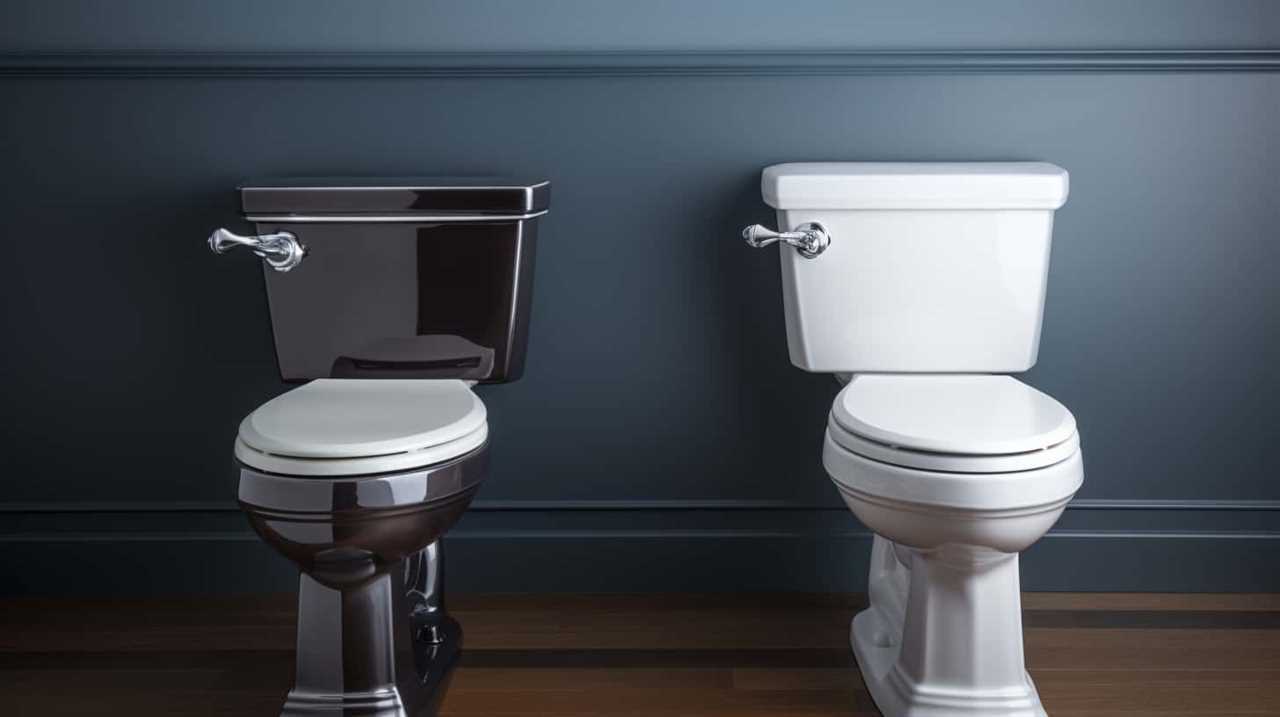
Did you know that every year, over 4.8 billion plastic tampon applicators end up in the oceans worldwide? This alarming statistic should evoke a sense of urgency to properly dispose of items and protect our environment.
Let’s make responsible choices and keep our toilets and ecosystems clean.



